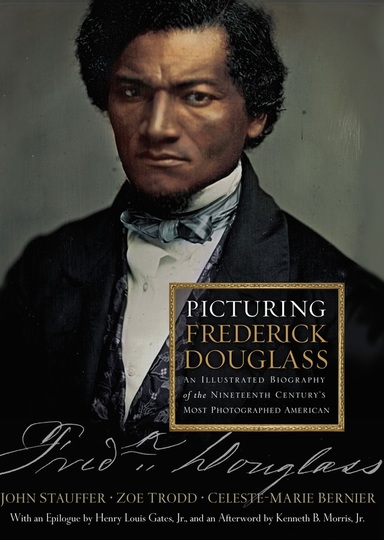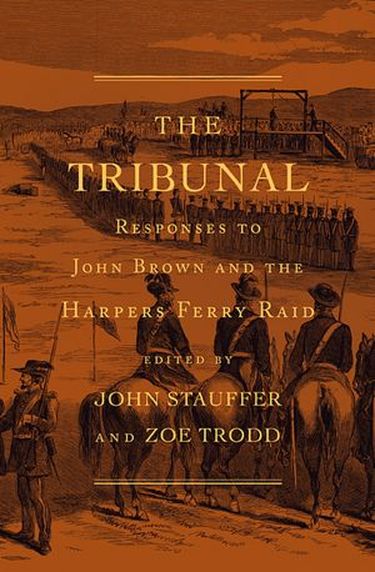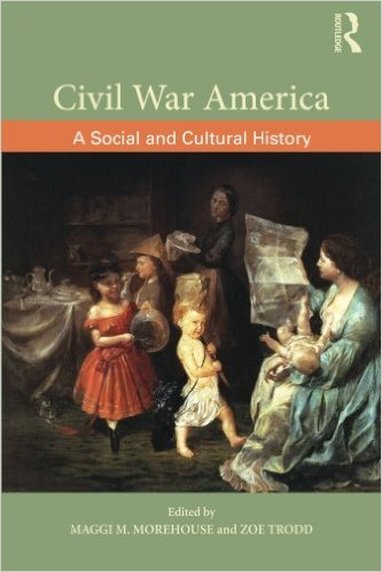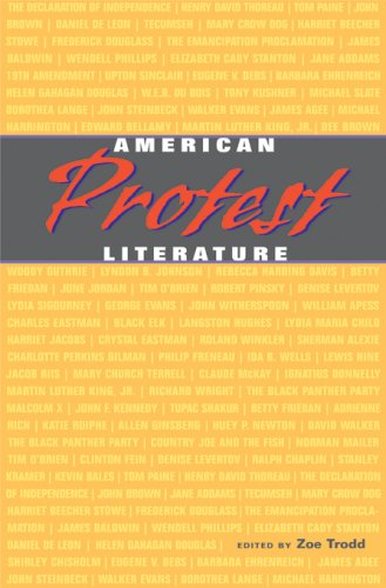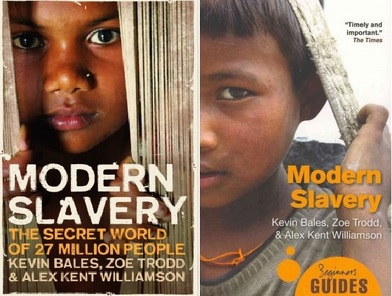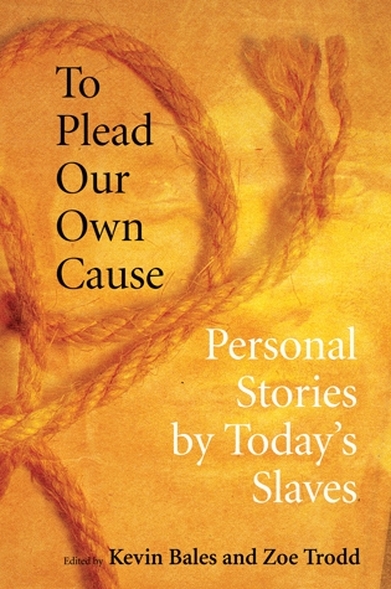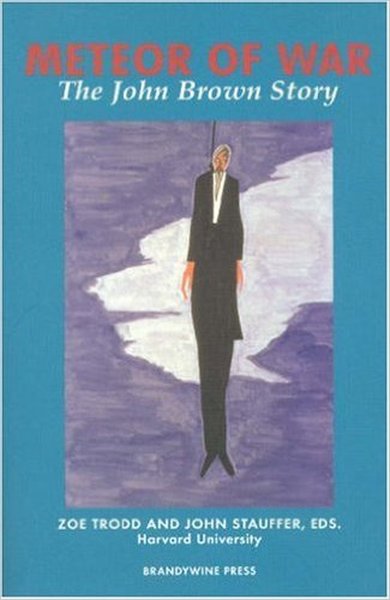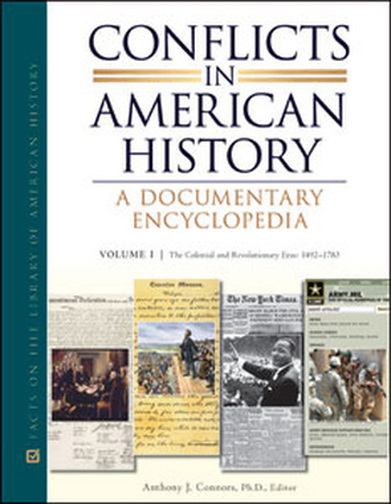Picturing Frederick Douglass:
An Illustrated Biography of the Nineteenth Century's Most Photographed American
|
Picturing Frederick Douglass is a work that promises to revolutionize our knowledge of race and photography in nineteenth-century America. Teeming with historical detail, it is filled with surprises, chief among them the fact that neither George Custer nor Walt Whitman, and not even Abraham Lincoln, was the most photographed American of that century. In fact, it was Frederick Douglass, the ex-slave turned leading abolitionist, eloquent orator, and seminal writer whose fiery speeches transformed him into one of the most renowned and popular agitators of his age. Now, as a result of the groundbreaking research of John Stauffer, Zoe Trodd, and Celeste-Marie Bernier, Douglass emerges as a leading pioneer in photography, both as a stately subject and as a prescient theorist who believed in the explosive social power of what was then just a nascent art form. Indeed, Frederick Douglass was in love with photography. During the four years of Civil War, he wrote more extensively on the subject than any other American, even while recognizing that his audiences were "riveted" by the war and wanted a speech only on "this mighty struggle." He frequented photographers’ studios regularly and sat for his portrait whenever he could. To Douglass, photography was the great "democratic art" that would finally assert black humanity in place of the slave "thing" and at the same time counter the blackface minstrelsy caricatures that had come to define the public perception of what it meant to be black. As a result, his legacy is inseparable from his portrait gallery, which contains 160 separate photographs. At last, all of these photographs have been collected into a single volume, giving us an incomparable visual biography of a man whose prophetic vision and creative genius knew no bounds. Chronologically arranged and generously captioned, from the first picture taken in around 1841 to the last in 1895, each of the images—many published here for the first time—emphasizes Douglass's evolution as a man, artist, and leader. Also included are other representations of Douglass during his lifetime and after—such as paintings, statues, and satirical cartoons—as well as Douglass’s own writings on visual aesthetics, which have never before been transcribed from his own handwritten drafts. The comprehensive introduction by the authors, along with headnotes for each section, an essay by Henry Louis Gates, Jr., and an afterword by Kenneth B. Morris, Jr.—a direct Douglass descendent—provide the definitive examination of Douglass's intellectual, philosophical, and political relationships to aesthetics. Taken together, this landmark work canonizes Frederick Douglass through a form he appreciated the most: photography.
|
The Tribunal: Responses to John Brown and the Harpers Ferry Raid
|
When John Brown led 21 men in an attack on the federal arsenal at Harpers Ferry on October 16, 1859, he envisioned a biblical uprising of millions of armed bondsmen, thus ridding the nation of the scourge of slavery. The insurrection did not happen, and Brown and the other surviving raiders were quickly captured and executed. This landmark anthology, which collects contemporary speeches, letters, newspaper articles, journals, poems, and songs, demonstrates that Brown’s actions nonetheless altered the course of American history. It is a wide-ranging collection of responses to Brown’s raid: his own words, northern and southern reactions, international commentary, and reflections from the Civil War and Reconstruction era. Represented here are all the figures one would expect to see (Lincoln, Thoreau, Frederick Douglass), many surprises (John Wilkes Booth, Karl Marx, Giuseppe Garibaldi), as well as free and enslaved blacks and white citizens. The result is a book that views Brown from multiple vantage points. The Introduction describes the panic that Harpers Ferry created in the South, splitting the Democratic Party along sectional lines and altering the outcome of the 1860 presidential election. Without Brown, it speculates, the Civil War and emancipation would have been delayed by another four years—probably more—which in turn might have disrupted emancipation movements in Brazil, Cuba, and even Russia. The Tribunal is essential reading for anyone interested in the Civil War era and the history of social protest movements.
|
Civil War America: A Social and Cultural History
|
As war raged, men and women all over the nation continued their daily routines. They celebrated holidays, ran households, wrote letters, read newspapers, joined unions, attended plays, and graduated from high school and college. Civil War America reveals how Americans, both Northern and Southern, lived during the Civil War—the ways they worked, expressed themselves artistically, organized their family lives, treated illness, and worshiped. Written by specialists, the chapters in this book cover the war’s impact on the economy, labor, reform efforts, the Indian nations, universities, medicine, news coverage, photography, and a host of other topics that flesh out the lives of ordinary Americans who just happened to be living through the biggest conflict in American history. Along with the original material presented in the book chapters, the website accompanying the book is a treasure trove of primary sources, both textual and visual, keyed for each chapter topic. Civil War America and its companion website uncover seismic shifts in the cultural and social landscape of the United States, providing the perfect addition to any course on the Civil War.
Foreword by John Stauffer |
American Protest Literature
|
“I like a little rebellion now and then”—so wrote Thomas Jefferson to Abigail Adams, enlisting in a tradition that throughout American history has led writers to rage and reason, prophesy and provoke. This is the first book to collect and examine an American literature that holds the nation to its highest ideals, castigating it when it falls short and pointing the way to a better collective future. American Protest Literature presents sources from 11 protest movements, from abolitionism to gay rights. Each section reprints documents from the original phase of the movement as well as evidence of its legacy in later times. Informative headnotes give historical context and draw connections with other writings within the anthology and beyond. Sources include a wide variety of genres—pamphlets, letters, speeches, sermons poems, short stories, photographs, posters—and a range of voices that together provide an enlightening and inspiring survey of this most American form of literature.
Foreword by John Stauffer Afterword by Howard Zinn Outstanding Academic Title (2007), Choice and the ALA |
Modern Slavery: The Secret World of 27 Million People (1st ed.)
Modern Slavery: A Beginner's Guide (2nd ed.)
|
There are more slaves alive today than at any point in history. Written by the world’s leading experts, this book combines original research with powerful first-hand accounts. Unlike historical slavery, modern slavery is illegal in all countries and banned by international conventions, making it a hidden crime. Locked away, slaves are isolated and invisible, though they are everywhere, from American suburbs to Asian brothels, working in households, agriculture, factories and the sex industry. Uncovering a secret world where humans are cheap and disposable, this book offers a global blueprint for ending slavery in our lifetime.
Times Book of the Week |
To Plead Our Own Cause: Personal Stories by Today's Slaves
|
Boys strapped to carpet looms in India, women trafficked into sex slavery across Europe and migrants imprisoned at gunpoint in the U.S. are just a few of the many forms of 21st-century slavery. There are 27 million slaves alive today, more than at any point in history. To Plead Our Own Cause contains 95 narratives by slaves from around the globe. Told in the words of slaves themselves, the narratives eloquently chronicle slavery's horrors, the process of becoming free and freedom's challenges. An introduction lays out the historical, economic, and political background to modern slavery, the literary tradition of the slave narrative, and ways we can end slavery today. Halting the contemporary slave trade is one of the great human rights issues of our time. But just as slavery is not over, neither is the will to achieve freedom. Putting the slave's voice back at the heart of the abolitionist movement, this book gives occasion for both action and hope.
|
Meteor of War: The John Brown Story
|
Few men in American history have been at once as glorified and maligned as John Brown. From his attack of the federal arsenal at Harper's Ferry, Virginia, in October 1859, as part of a scheme to free the slaves, Brown has been called a saint and sinner, rogue and redeemer, martyr and madman. Brown rebelled against the American government, and he murdered men in Kansas in order to end the murderous institution of slavery. He denounced war, but made war on his government in order to end an existing war for slavery.
This book which presents Brown's writings and diverse responses to his life and raid, offers a lens through which to analyze these tensions and contradictions. Extensive introductions to every source offer a close reading of language and provide full historical and biographical background. An introduction traces Brown's changing image across time. An afterword considers the possible futures of the John Brown mythology. |
Conflicts in American History
Volume 7: The Postwar and Civil Rights Era, 1945-1973
Volume 8: Toward the 21st-Century, 1974-Present
|
Exploring the conflicts, controversies, and ideas that have shaped American civilization, and blending narrative essays and primary sources, this comprehensive encyclopedia provides students with the background they need to understand American history and the skills required to read and interpret the important documents that have shaped our nation. Each volume focuses on one distinct chronological era and the conflicts that defined it. Consisting of 15–20 chapters, with each chapter devoted to one specific conflict and containing 10–15 original documents, every volume begins with an overview essay that introduces the major conflicts and controversies of the period, as well as key figures and events. A detailed chronology and annotated bibliography are included in each chapter. Each volume has approximately 200–300 original documents, a bibliography, and an appendix with sketches of 25–50 individuals mentioned in the documents. This encyclopedia is the definitive reference on conflicts in American history.
|
